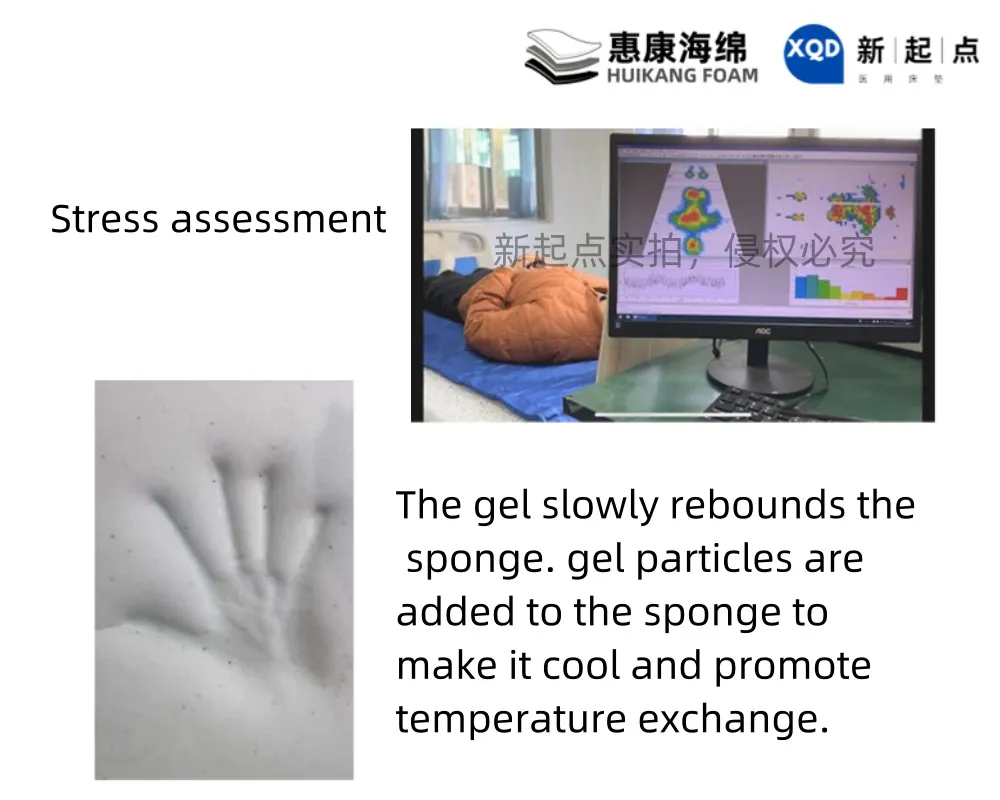Foam Solutions for Effective Pressure Relief in Various Applications
Understanding Pressure Relieving Foam An Essential for Comfort and Health
In today's fast-paced world, the importance of comfort in our daily lives cannot be overstated. One innovative solution that has emerged in various applications, particularly in healthcare and furniture design, is pressure relieving foam. This specialized foam is designed to provide superior support, alleviate pressure points, and enhance overall wellbeing. Let's delve into the characteristics, benefits, and applications of pressure relieving foam, and understand why it is becoming increasingly essential.
What is Pressure Relieving Foam?
Pressure relieving foam, often referred to as memory foam or viscoelastic foam, reacts to body heat and weight. This unique property allows the foam to conform to the shape of the body, distributing weight evenly across its surface. Unlike traditional foams, which can create pressure points leading to discomfort, pressure relieving foam minimizes these pressure points and helps improve blood circulation. This feature makes it an ideal choice for various applications, particularly in medical settings and ergonomic furniture design.
Benefits of Pressure Relieving Foam
1. Enhanced Comfort The main advantage of pressure relieving foam is its ability to provide exceptional comfort. By conforming to the body's contours, it reduces the chances of pressure sores and discomfort, which is especially important for individuals who spend extended periods sitting or lying down.
2. Pain Relief Many users report significant reduction in pain, particularly those suffering from conditions such as arthritis, back pain, or fibromyalgia. The foam's ability to evenly distribute weight helps reduce stress on joints and muscles, leading to a more comfortable experience.
3. Improved Sleep Quality For those who struggle with sleep, pressure relieving foam mattresses and pillows offer a solution. By supporting the spine's natural alignment and reducing pressure on key areas, such as the hips and shoulders, users often experience deeper, more restorative sleep.
4. Durability and Longevity High-quality pressure relieving foams are designed to withstand wear and tear. They maintain their shape and effectiveness over time, making them a cost-effective investment for both consumers and businesses.
pressure relieving foam

5. Allergy-Friendly Options Many pressure relieving foams are available in hypoallergenic varieties, making them suitable for individuals with allergies or sensitivities. They often resist dust mites and other common allergens, contributing to a healthier living environment.
Applications of Pressure Relieving Foam
Pressure relieving foam has a wide range of applications across various industries
- Healthcare In hospitals and nursing homes, pressure relieving foam is commonly used in mattresses and seating systems to prevent pressure ulcers in patients who are bedridden or have limited mobility. These specialized mattresses help protect vulnerable skin areas and promote healing.
- Furniture Design In the world of home furnishings, pressure relieving foam is increasingly used in sofas, chairs, and beds to provide enhanced comfort for consumers. Ergonomic office chairs utilize this foam to support employees during long hours of work, reducing the risk of strain and injury.
- Sports and Fitness Athletes and fitness enthusiasts use pressure relieving foam in various products, including yoga mats, exercise cushions, and recovery tools. This foam assists in recovery and injury prevention by providing adequate support during workouts.
- Custom Applications Beyond traditional uses, pressure relieving foam can be customized for specific needs. Industries such as automotive and aviation utilize this foam in seats to enhance comfort and safety for passengers.
Conclusion
Pressure relieving foam represents a significant advancement in comfort technology, impacting health and wellbeing across various sectors. As we continue to prioritize comfort and ergonomics in our lives, this innovative material is set to play an even more pivotal role. Whether helping to heal injuries, improving sleep quality, or simply providing a more comfortable seat, pressure relieving foam is proving to be an indispensable ally in our pursuit of better health and relaxation. As awareness and availability of this technology grow, it is likely that more consumers and industries will harness its benefits, leading to enhanced comfort and improved quality of life for all.
-
The Effect of Coconut Foam Mattress Breathability and Humidity Regulation on Improving Sleep QualityNewsJul.03,2025
-
How Wave Mattress Systems Improve Blood Circulation During ImmobilityNewsJul.03,2025
-
The Climate-Adaptive Sleep Revolution: Exploring the Benefits of Cooling Gel Memory Foam MattressesNewsJul.03,2025
-
Exploration of the Role of Coconut Foam Mattress in Preventing Bedsores in the ElderlyNewsJul.03,2025
-
Comparing Wave Mattress and Air Mattress: Which Is Better for Medical Use?NewsJul.03,2025
-
Analysis of Comfort and Environmental Performance of Natural Latex and Coconut Foam MattressNewsJul.03,2025
-
Multi-Layer Construction for Enhanced Performance in Gel Mattress PadNewsJun.24,2025

